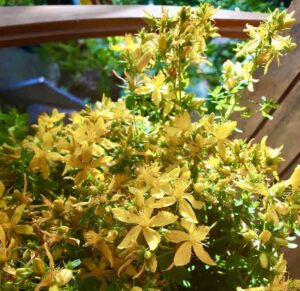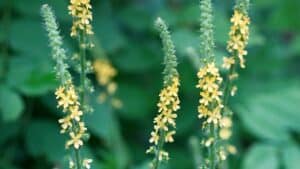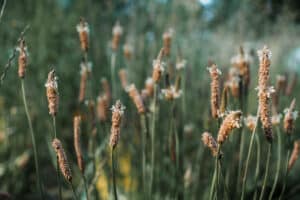Have you ever noticed how stress can make your body ache, your heart beat increase, or upset your digestion? Or vice versa and you eat a food your intolerant too and you get edgy, irritable or brain foggy? This happens because our mental, emotional, and physical health are all connected. Sadly, people often treat these aspects separately, which lead to treatments that don’t address the whole picture.
In my journey with herbalism, I discovered something amazing. Plants can heal more than just physical health issues. They can also help with deeper physical, mental, and emotional problems. By understanding how these parts are linked, you can learn how to make your body, mind, and emotions work together and unlock the potential for a healthier, happier you.
In today’s blog post, you’ll learn:
- What it really means to work with the WHOLE person and discover a holistic approach to healing
- The secret to seeing the connections between the physical, mental, emotional, and spiritual levels in people
- Why you need to go beyond the surface to see results in your practice
- How to spot your clients’ limiting patterns and help them break them, becoming a guide on their healing journey
- Ways to turn your “poison into your medicine” and achieve transformational healing
Table of Contents
Understanding the whole person is a crucial aspect of holistic herbalism. But, if you grew up in a culture where allopathic medicine took center stage and regularly visited doctors that just suppressed symptoms, it’s common for these experiences to shape your approach as an herbalist… which can lead to the practice of allopathic herbalism. These influences run deeper than you might realize!
Naturally, this approach carries over into your approach to herbal medicine and impacts how you perceive people, plants, health, and disease. I like to call this the allopathic herbalism trap. One common pitfall to this trap is losing sight of the whole person you’re treating.
David Winston, an herbalist and personal mentor, emphasizes that we don’t just give herbs to treat symptoms or diseases—we give herbs to people. The simplicity and profundity of this sentiment resonates with me and highlights the mindset necessary to become a holistic herbalist.
When you learn how to truly see someone, it shapes how you select remedies, create formulations, administer herbs, and more. As a holistic herbalist, your goal is treating the whole person–not just the symptom they came to you to get help with.
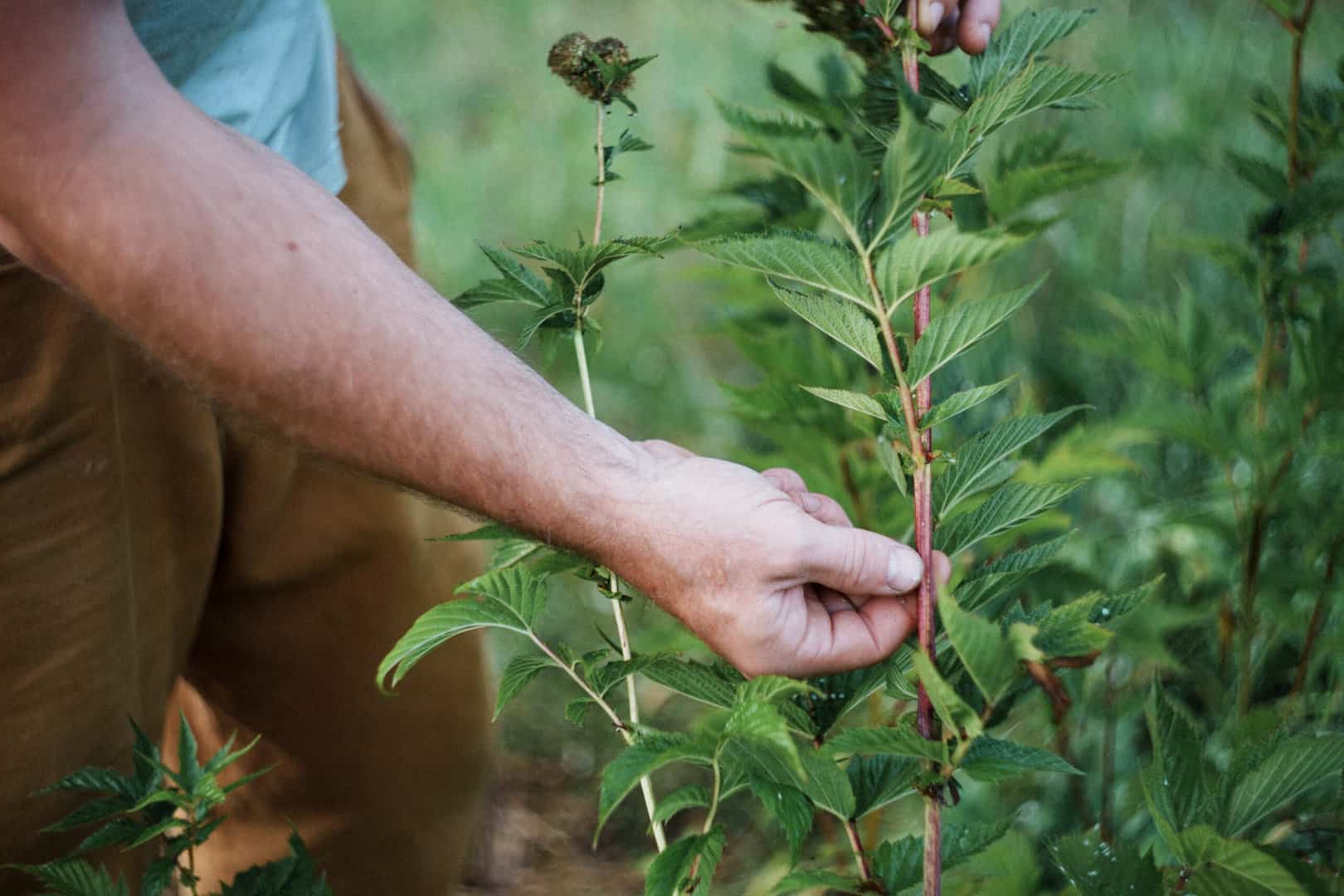
Embracing Holistic Healing
The phrase “holistic healing” is thrown around a lot these days. To some, it just means using natural remedies rather than drugs. To others it means considering the spiritual side of healing. To me, it simply means using the whole plant to heal the whole person. But what does it really mean to treat the whole person?
In the world of integrative, natural, and alternative medicine, there’s a lot of talk about “body, mind, and spirit.” From a holistic perspective these levels are interconnected since you can’t separate how your mental health impacts your physical health and vice versa. We aren’t divided into separate parts; we are one unified whole. Understanding how the soul, spirit, and body (Sulfur, Mercury, and Salt in alchemy) are interconnected is the key to understanding how to treat the whole person.
It’s crucial to learn how to perceive these layers of a person as intertwined and not separate. To me, a holistic herbalist is someone who considers their client’s psychological, emotional, and spiritual health alongside their physical symptoms and strives to see their connections. From this perspective, feeling a sense of purpose and meaning in life is just as vital as maintaining a healthy diet and getting enough sleep. Even if you’re in peak physical condition and hit the gym five times a week, feelings of chronic depression and hopelessness are signs that you’re not truly well. True health is born from a sense of soul purpose, emotional well-being, psychological clarity, and physical vitality.
Remember, being healthy is not a fixed state – there’s always room for personal growth. The goal isn’t attaining perfect health (as if that were possible), but learning how to nurture and care for each aspect of our psychological, spiritual, and physical well-being. As a holistic herbalist, you can be a positive influence for change as your client undergoes significant lifestyle changes and even inner soul work.

Alchemical Insights on Soul, Spirit, and Body
In the world of alchemy, there’s something called the Three Philosophical Principles: Sulfur, Mercury, and Salt. According to this tradition, everything in nature, including humans and plants, is composed of these Principles.
To break it down further, think of Sulfur as representing the soul, Mercury as the spirit, and Salt as the body. While these three aspects can be studied separately, much like how medical specialists tend to stay within their organ system (such as gastroenterologists, psychiatrists, or cardiologists), in alchemy the soul, spirit and body they are ultimately interconnected. Instead of merely seeing an herb like Wood Betony (Stachys officinalis) as a headache remedy, this alchemical perspective encourages you to understand how the herb can impact your unique constitution on the spheres of your soul, spirit, and body.
Let’s dive deeper into each of these layers, starting with Salt. Salt represents your physical body, including your body shape, tone, skin, voice, hair color, eye luster, limb length, and other physical traits that reveal your constitutional type. Salt exists in layers, from the constitutional layer, into your systems, organs, and tissues, and down into each cell. Your physical body, or Salt, is composed of the Earth and Water Elements and is the vessel for your soul (Sulfur) and spirit (Mercury) to express themselves. Taking care of the Salt Principle in your body means eating well, exercising, stretching, and other things that enhance your physical and constitutional health.
Mercury is the second Principle in alchemy and signifies your mental and emotional dynamics, simply referred to as the Spirit. It combines elements of the mind (Air) and emotions (Water). If a client comes to you with perfect physical health but is feeling angry and frustrated all of the time, it’s important to work on the Mercury aspect of themselves. Take time to explore these patterns and create a plan together that improves this part of their life–since it will undoubtedly ripple into every other part of their being if left ignored. To nurture the Mercury Principle, focus on your psychological and emotional health and engage in activities that foster optimism, hope, emotional balance, and clarity.
Lastly, we have the Sulfur Principle, representing your unique self. While Mercury (spirit) is universal, Sulfur (soul) is individual and expresses what makes you, you. Another way of saying it is that Mercury can be seen as the life force that animates and gives life to everything (the universal spirit in everything), whereas Sulfur is our unique individualized consciousness. Everyone has thoughts and feelings, but there’s only one “you.” Caring for your soul means addressing past traumas, ancestral patterns, and limiting beliefs that hold you back in life. Matters like life purpose and higher meaning are part of the soul’s realm. Fortunately, the soul of plants (Sulfur) can support, strengthen, and heal aspects of your own soul (Sulfur). In embracing the profound connection between the Sulfur Principle within plants and your own unique soul, you embark on a journey of healing, growth, and self-discovery.
Again, while we study these various parts separately, it’s imperative to understand that they are facets of our wholeness and as such, affect and influence one another because beneath the surface they are interconnected.
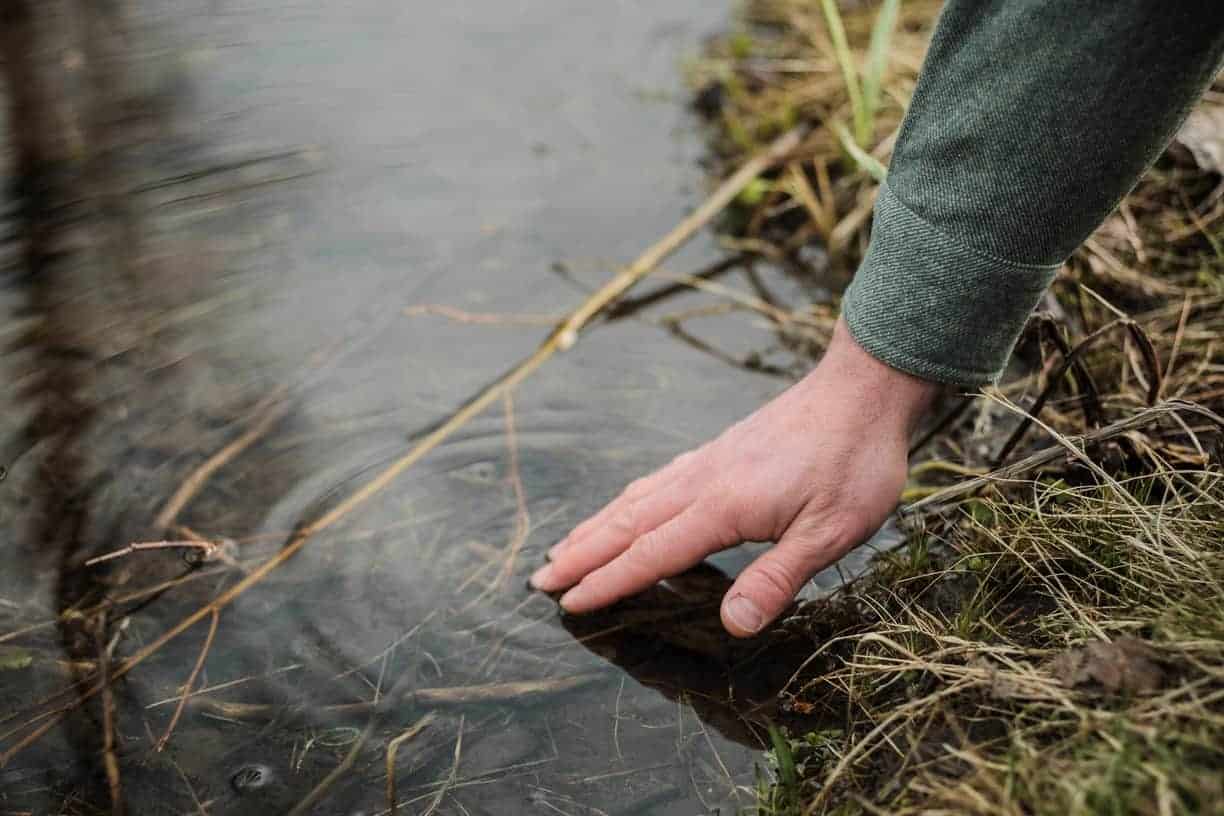
Beneath the Surface
When it comes to understanding the intricacies of the human body, we can picture it as a multi-layered masterpiece. From the outermost layer down to the innermost core, each level plays a crucial role in maintaining our health.
On the outermost level, we have the organ systems, such as the respiratory, cardiovascular, and digestive systems. Delving deeper, we discover that each system is composed of individual organs. For example, the respiratory system is composed of your lungs, bronchioles, sinuses, and nose. Your cardiovascular system includes the heart, arteries, capillaries, and veins, ensuring the smooth circulation of blood. And let’s not forget the digestive system, which stretches from the mouth to the stomach, small intestine, and large intestine. Each system is a unique ecosystem with a distinct purpose that allows the system to work seamlessly.
Differentiating between organ systems and individual organs is important because sometimes a client will have an issue that affects an entire system, and other times it may be within a specific organ. For example, someone may have an imbalance with their small and large intestines, but their stomach is totally fine.
Moving further inward, we arrive at the tissue level. Organ systems are composed of a specific set of organs, and organs are made up of tissues. If we look at the bronchioles, for example, you have the mucosal lining and smooth muscles, along nerve innervation that controls the relative dilation and contraction of those smooth muscles. Deciphering which tissue the imbalance is manifesting in will tell you what type of remedy you need. If they’re experiencing too much dryness in their respiratory tract, this would point towards using herbs with a mucosal membrane affinity. If they have a wheezing cough and constricting breathing, you would use relaxant herbs with an affinity to the smooth muscle to dilate and improve breathing. This is another way you can get really specific with the herbs you administer.
Lastly, we have our energetics. Is the system, organ, or tissue hot or cold? Is it overly dry or damp? Is there constriction and tension or too much laxity? By understanding the underlying energetics, you can decipher what type of imbalance is present and what herbs they need to feel better. Different models use different language to describe the energetics, such as in TCM, Ayurveda, and the Greek humoral model. However, the underlying goal remains the same: to have a fine-tuned understanding of what’s going on beneath the surface, oftentimes based on the relative degree of moisture, temperature, and tissue tone.
Whether you follow a Western anatomical perspective or embrace other traditions, exploring the layers of the human body allows us to navigate the complexities of health. By delving into systems, organs, tissues, and energetics, you can create personalized solutions that address the root causes of imbalance. This is typically done by organizing and understanding plants in a similar way, primarily through their affinities, medicinal actions, and energetics (we’ll explore this in more depth in next week’s episode on Working With the Whole Plant).
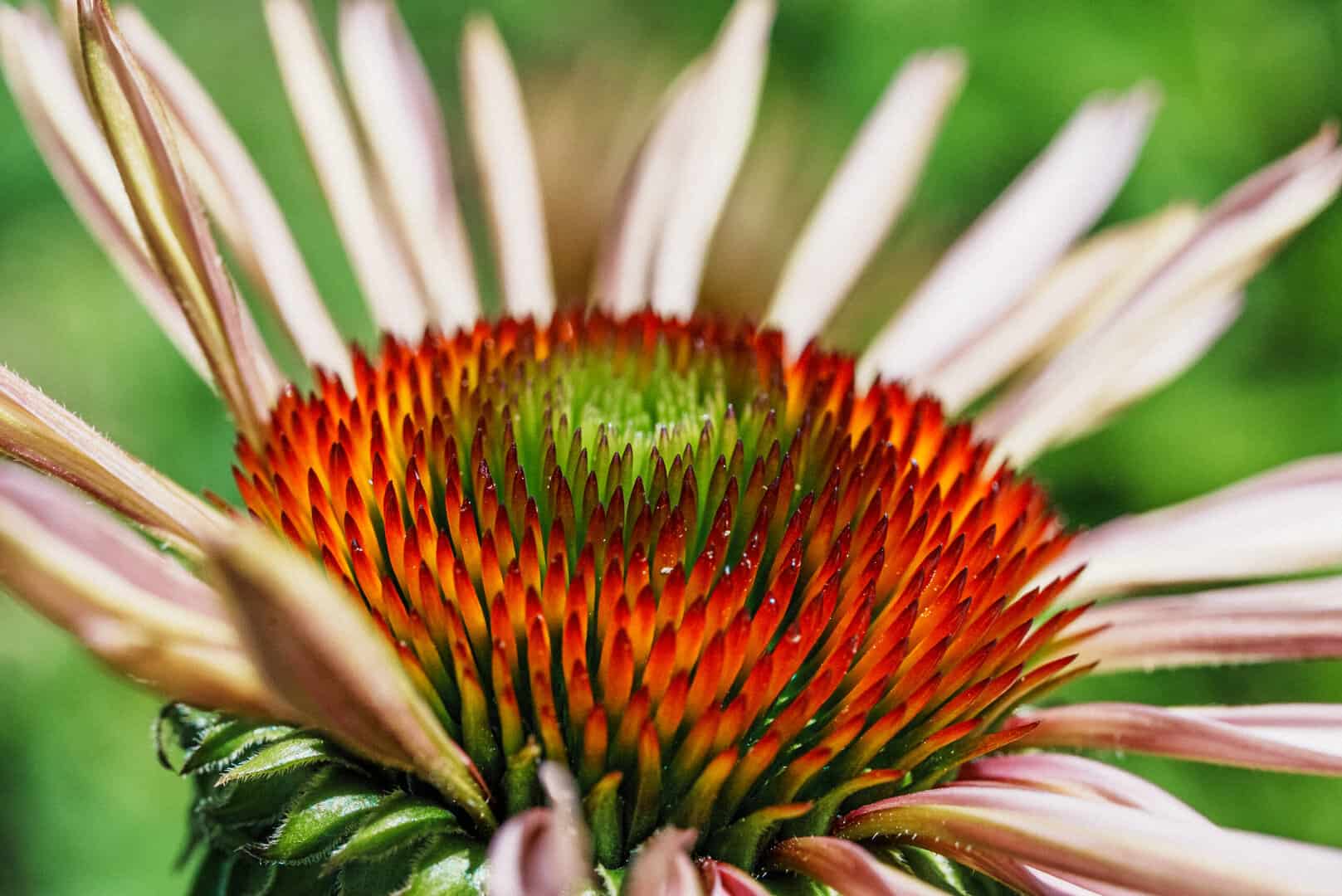
Recognizing Patterns for Holistic Healing
In the Evolutionary Herbalism model, we take the soul, spirit, and body into account. We look at the thematic patterns someone faces in their life on each of these levels, because an archetypal pattern that impacts the soul or spirit will often express itself in the body as well. It’s our job as holistic herbalists to determine and decipher these patterns so we can choose and administer herbs that address these patterns on each level of the person.
In a previous episode of this series (Integrative Global Herbalism), I touched on the “Energetic Architecture” model, whereby we can classify the patterns within a person based on the archetypal patterns of nature. This is based on universal principles in nature and herbal traditions across the globe, distilled into the patterns of the Three Principles, Five Elements, and Seven Planets. Assessing and evaluation a person involves deciphering what the dominant patterns are at play within their constitution, systems, organs, tissues, and energetics (Salt), as well as on the Mercury and Sulfur levels. Sometimes you can even find a singular pattern that’s reflecting on all levels.
For example, if someone feels angry and frustrated all the time, has an autoimmune condition, and has a lot of heat and inflammation in the body, you can determine a Mars imbalance. With this information, you can choose specific protocols and spagyric remedies that restore harmony to this archetypal imbalance. We’re looking past the anger, the autoimmune condition, and the inflammation as separate parts and learning how to see them as one united whole so you can choose a remedy that works on all of these levels. Alchemically speaking, it’s understood that this person has an imbalance with this macrocosmic force and must come to a place of balance with it internally in order to find health and greater harmony with nature.
The difference between allopathic herbalism and alchemical herbalism is that the former separates symptoms, overlooks patterns, and often focuses on putting out fires as they come. Alchemical herbalism addresses the archetype behind the disease that’s impacting the Sulfur, Mercury, and Salt of the person.
During a client consultation, we aren’t only asking questions–we’re feeling their pulse, looking at their tongue, reading the lines on their face, and completing other forms of holistic intake that help you listen not only with your ears, but with your heart as well.
A session is the time to uncover someone’s past medical history and discuss what they eat, how they eat, the medications they take, and anything else pertinent. As you uncover these parts, you also help the person take stock of their lifestyle habits and illuminate what may need to be changed.
We all have unhealthy habits. It’s not something people deliberately seek out, but is a result of exhaustion and feeling drained from daily requirements and needing quick, convenient, and easy fixes. When they become habitual, they can become difficult to break. The largest contributing factor to their continuation is simply unawareness. When you help someone become aware of their habits, you can become a supporting figure in their life as they foster new habits that lead them to a long, healthy, uplifted, and purposeful life.
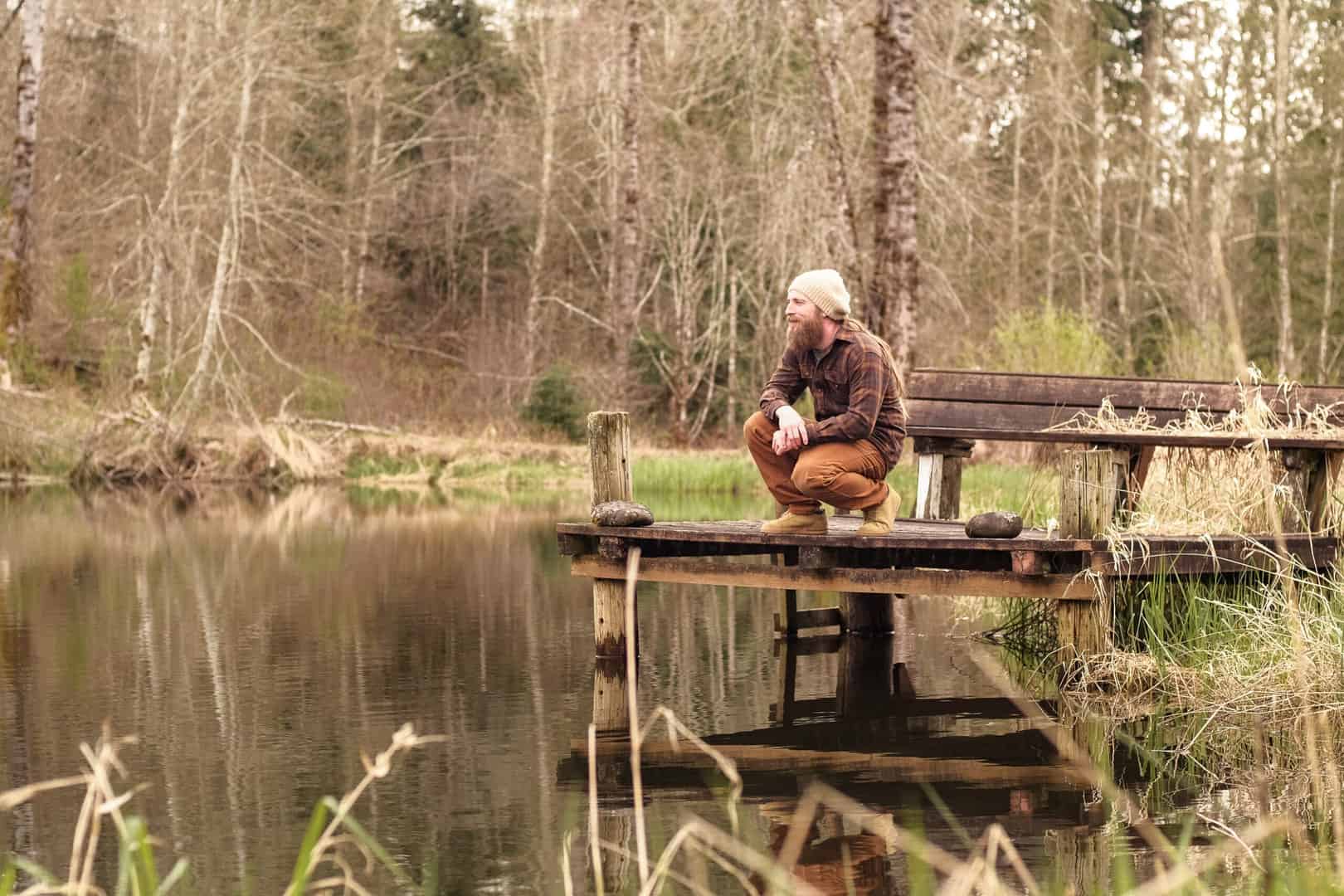
A New Vision of Wellness
What does it mean to be healthy?
I think allopathic medicine unofficially defines health as simply the absence of disease (at least that’s how it’s often practiced), but I believe we can create a more meaningful definition than that. In the Evolutionary Herbalism approach, healing can be rejuvenative, preventative, and transformative, caring equally for the soul, spirit, and body. This holistic way of working with people can lead to significantly different outcomes than just trying to avoid sickness.
With holistic herbalism, our goal isn’t only to relieve symptoms but to enhance vitality and reduce the risk of diseases. With practices like medical astrology, constitutional systems, or even in-depth bloodwork, you can estimate predispositions to certain illnesses, identify organs with less vitality, and make lifestyle changes for better constitutional health.
Another essential aspect is addressing past traumas and personal struggles. With the right counseling and collaboration with other healthcare professionals, such as psychologists, individuals can turn their “poison into their medicine.” That is, the thing that bogs them down, challenges them to the core, and seems like the deepest life struggle they deal with can be transformed into their strength and gift. This is the ultimate goal of the alchemical perspective on health, turning lead to gold, poison into medicine, and transforming the things that weigh us down into things that lift us up. At the heart of it all, this is what working with the whole person means in the Evolutionary Herbalism paradigm.


